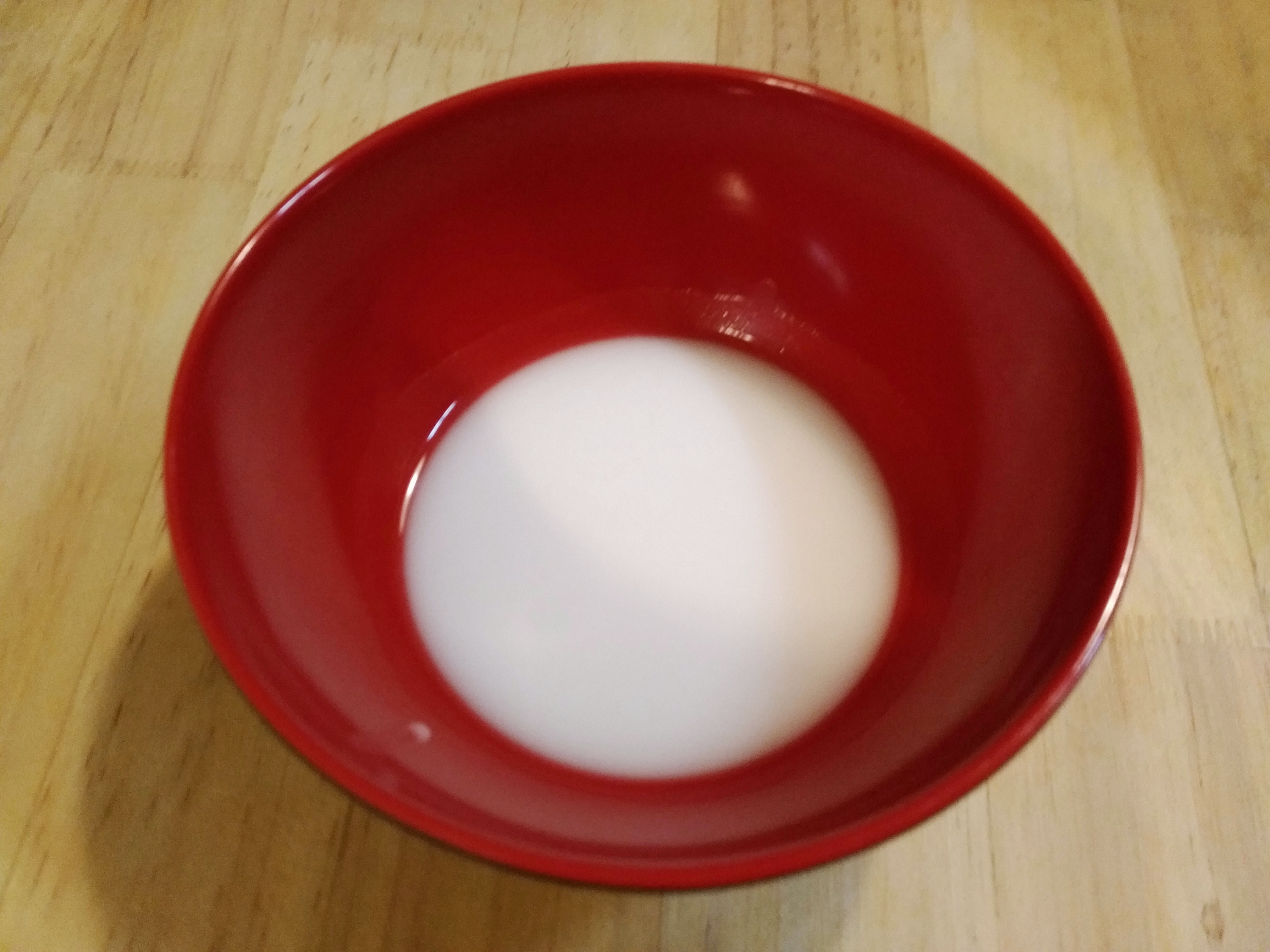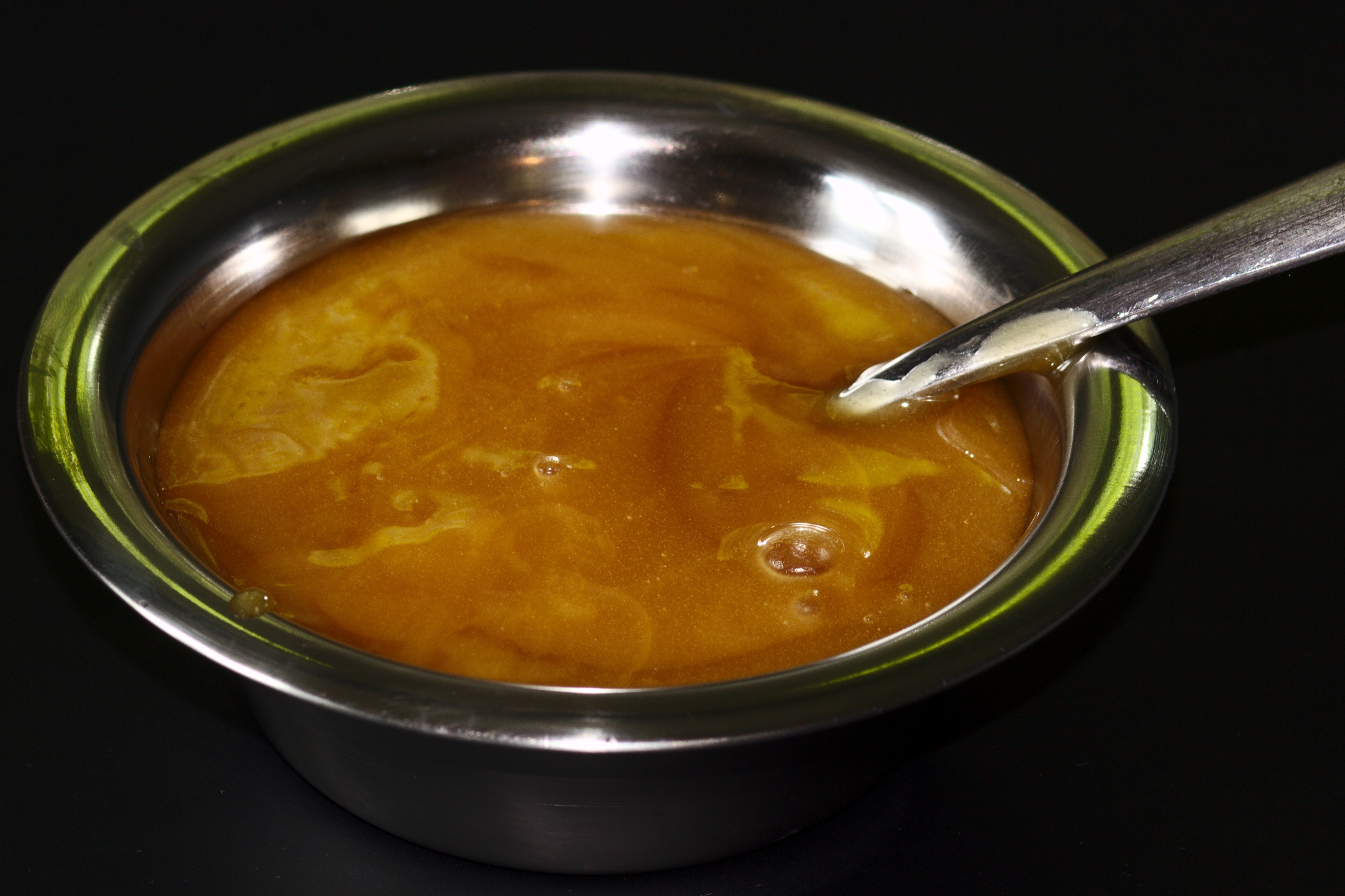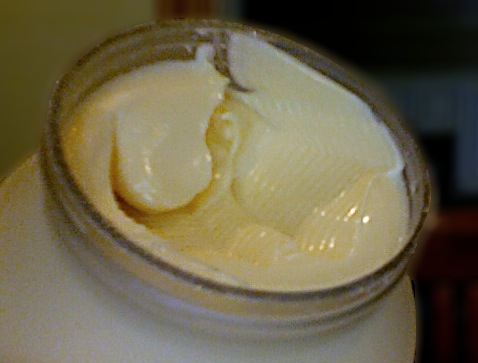|
Shear Thinning
In rheology, shear thinning is the non-Newtonian behavior of fluids whose viscosity decreases under shear strain. It is sometimes considered synonymous for pseudo-plastic behaviour, and is usually defined as excluding time-dependent effects, such as thixotropy. Shear thinning is the most common type of non-Newtonian behavior of fluids and is seen in many industrial and everyday applications. Although shear thinning is generally not observed in pure liquids with low molecular mass or ideal solutions of small molecules like sucrose or sodium chloride, it is often observed in polymer solutions and molten polymers, as well as complex fluids and suspensions like ketchup, whipped cream, blood, paint, and nail polish. Theories behind shear-thinning behaviour Though the exact cause of shear thinning is not fully understood, it is widely regarded to be the effect of small structural changes within the fluid, such that microscale geometries within the fluid rearrange to facilitate shea ... [...More Info...] [...Related Items...] OR: [Wikipedia] [Google] [Baidu] |
Rheology Of Time Independent Fluids
Rheology (; ) is the study of the flow of matter, primarily in a fluid (liquid or gas) state but also as "soft solids" or solids under conditions in which they respond with plastic flow rather than deforming elastically in response to an applied forcRheology is the branch of physics that deals with the deformation and flow of materials, both solids and liquids.W. R. Schowalter (1978) Mechanics of Non-Newtonian Fluids Pergamon The term ''rheology'' was coined by Eugene C. Bingham, a professor at Lafayette College, in 1920 from a suggestion by a colleague, Markus Reiner.The Deborah Number The term was inspired by the of |
Shear Stress
Shear stress (often denoted by , Greek alphabet, Greek: tau) is the component of stress (physics), stress coplanar with a material cross section. It arises from the shear force, the component of force vector parallel to the material cross section. ''Normal stress'', on the other hand, arises from the force vector component perpendicular to the material cross section on which it acts. General shear stress The formula to calculate average shear stress or force per unit area is: \tau = ,where is the force applied and is the cross-sectional area. The area involved corresponds to the material face (geometry), face parallel to the applied force vector, i.e., with surface normal vector perpendicular to the force. Other forms Wall shear stress Wall shear stress expresses the retarding force (per unit area) from a wall in the layers of a fluid flowing next to the wall. It is defined as:\tau_w := \mu\left.\frac\_,where is the dynamic viscosity, is the flow velocity, and is the ... [...More Info...] [...Related Items...] OR: [Wikipedia] [Google] [Baidu] |
Thickening Agent
A thickening agent or thickener is a substance which can increase the viscosity of a liquid without substantially changing its other properties. Edible thickeners are commonly used to thicken sauces, soups, and puddings without altering their taste; thickeners are also used in paints, inks, explosives, and cosmetics. Thickeners may also improve the suspension of other ingredients or emulsions which increases the stability of the product. Thickening agents are often regulated as food additives and as cosmetics and personal hygiene product ingredients. Some thickening agents are gelling agents (gellants), forming a gel, dissolving in the liquid phase as a colloid mixture that forms a weakly cohesive internal structure. Others act as mechanical thixotropic additives with discrete particles adhering or interlocking to resist strain. Thickening agents can also be used when a medical condition such as dysphagia causes difficulty in swallowing. Some of these people may benefit ... [...More Info...] [...Related Items...] OR: [Wikipedia] [Google] [Baidu] |
Shear Thickening
A dilatant (, ) (also termed shear thickening) material is one in which viscosity increases with the rate of shear strain. Such a ''shear thickening fluid'', also known by the initialism ''STF'', is an example of a non-Newtonian fluid. This behaviour is usually not observed in pure materials, but can occur in suspensions. A dilatant is a non-Newtonian fluid where the shear viscosity increases with applied shear stress. This behavior is only one type of deviation from Newton's law of viscosity, and it is controlled by such factors as particle size, shape, and distribution. The properties of these suspensions depend on Hamaker theory and Van der Waals forces and can be stabilized electrostatically or sterically. Shear thickening behavior occurs when a colloidal suspension transitions from a stable state to a state of flocculation. A large portion of the properties of these systems are due to the surface chemistry of particles in dispersion, known as colloids. This can readi ... [...More Info...] [...Related Items...] OR: [Wikipedia] [Google] [Baidu] |
Thixotropy
Thixotropy is a time-dependent shear thinning property. Certain gels or fluids that are thick or viscous under static conditions will flow (become thinner, less viscous) over time when shaken, agitated, shear-stressed, or otherwise stressed ( time-dependent viscosity). They then take a fixed time to return to a more viscous state. Some non-Newtonian pseudoplastic fluids show a time-dependent change in viscosity; the longer the fluid undergoes shear stress, the lower its viscosity. A thixotropic fluid is a fluid which takes a finite time to attain equilibrium viscosity when introduced to a steep change in shear rate. Some thixotropic fluids return to a gel state almost instantly, such as ketchup, and are called pseudoplastic fluids. Others such as yogurt take much longer and can become nearly solid. Many gels and colloids are thixotropic materials, exhibiting a stable form at rest but becoming fluid when agitated. Thixotropy arises because particles or structured solutes re ... [...More Info...] [...Related Items...] OR: [Wikipedia] [Google] [Baidu] |
Rheopecty
In continuum mechanics, rheopecty or rheopexy is the rare property of some non-Newtonian fluids to show a time-dependent increase in viscosity ( time-dependent viscosity); the longer the fluid undergoes shearing force, the higher its viscosity. Rheopectic fluids, such as some lubricants, thicken or solidify when shaken. The opposite and much more common type of behaviour, in which fluids become less viscous the longer they undergo shear, is called thixotropy. Examples of rheopectic fluids include gypsum pastes, printer inks, and synovial fluid. There is ongoing research into new ways to make and use rheopectic materials. There is great interest in possible military uses of this technology. Moreover, the high end of the sports market has also begun to respond to it. Body armor and combat vehicle armor are key areas where efforts are being made to use rheopectic materials. Work is also being done to use these materials in other kinds of protective equipment, which is seen as po ... [...More Info...] [...Related Items...] OR: [Wikipedia] [Google] [Baidu] |
Whipped Cream
Whipped cream, also known as Chantilly cream or (), is high-fat dairy cream that has been aerated by whisking until it becomes light, fluffy, and capable of holding its shape. This process incorporates air into the cream, creating a semi-solid colloid. It is commonly sweetened with white sugar and sometimes flavored with vanilla. Whipped cream is often served on desserts and hot beverages, and used as an ingredient in desserts. Fat content Cream with high butterfat content—typically 30%–36%—is used for whipping, as fat globules contribute to forming stable air bubbles. During whipping, partially coalesced fat molecules create a stabilized network that traps air bubbles. The resulting colloid has about twice the volume of the original cream. If whipping is prolonged further, the fat droplets stick together, destroying the colloid and forming butter. Low-fat cream, or milk, does not have enough fat to whip effectively. Production Cream is usually whipped with a whisk, ... [...More Info...] [...Related Items...] OR: [Wikipedia] [Google] [Baidu] |
Ketchup
Ketchup or catsup is a table condiment with a sweet and sour flavor. "Ketchup" now typically refers to tomato ketchup, although early recipes for different varieties contained mushrooms, oysters, mussels, egg whites, grapes, or walnuts, among other ingredients. Tomato ketchup is made from tomatoes, sugar, and vinegar, with seasonings and spices. The spices and flavors vary but commonly include onions, allspice, coriander, cloves, cumin, garlic, mustard and sometimes include celery, cinnamon, or ginger. The market leader in the United States (60% market share) and the United Kingdom (82%) is Heinz Tomato Ketchup. Tomato ketchup is often used as a condiment for dishes that are usually served hot, and are fried or greasy: e.g., french fries and other potato dishes, hamburgers, hot dogs, chicken tenders, hot sandwiches, meat pies, cooked eggs, and grilled or fried meat. Ketchup is sometimes used as the basis for, or as one ingredient in, other sauces and dressings, an ... [...More Info...] [...Related Items...] OR: [Wikipedia] [Google] [Baidu] |
Bingham Plastic
In materials science, a Bingham plastic is a viscoplastic material that behaves as a rigid body at low stresses but flows as a viscous fluid at high stress. It is named after Eugene C. Bingham who proposed its mathematical form in 1916. It is used as a common mathematical model of mud flow in drilling engineering, and in the handling of slurries. A common example is toothpaste, which will not be extruded until a certain pressure is applied to the tube. It is then pushed out as a relatively coherent plug. Explanation Figure 1 shows a graph of the behaviour of an ordinary viscous (or Newtonian) fluid in red, for example in a pipe. If the pressure at one end of a pipe is increased this produces a stress on the fluid tending to make it move (called the shear stress) and the volumetric flow rate increases proportionally. However, for a Bingham Plastic fluid (in blue), stress can be applied but it will not flow until a certain value, the yield stress, is reached. Beyond this poi ... [...More Info...] [...Related Items...] OR: [Wikipedia] [Google] [Baidu] |
Dilatant
A dilatant (, ) (also termed shear thickening) material is one in which viscosity increases with the rate of shear strain. Such a ''shear thickening fluid'', also known by the initialism ''STF'', is an example of a non-Newtonian fluid. This behaviour is usually not observed in pure materials, but can occur in suspensions. A dilatant is a non-Newtonian fluid where the shear viscosity increases with applied shear stress. This behavior is only one type of deviation from Newton's law of viscosity, and it is controlled by such factors as particle size, shape, and distribution. The properties of these suspensions depend on Hamaker theory and Van der Waals forces and can be stabilized electrostatically or sterically. Shear thickening behavior occurs when a colloidal suspension transitions from a stable state to a state of flocculation. A large portion of the properties of these systems are due to the surface chemistry of particles in dispersion, known as colloids. This can read ... [...More Info...] [...Related Items...] OR: [Wikipedia] [Google] [Baidu] |
Apparent Viscosity
In fluid mechanics, apparent viscosity (sometimes denoted ) is the shear stress applied to a fluid divided by the shear rate: :\eta = \frac For a Newtonian fluid, the apparent viscosity is constant, and equal to the Newtonian viscosity of the fluid, but for non-Newtonian fluids, the apparent viscosity depends on the shear rate. Apparent viscosity has the SI derived unit Pa·s ( Pascal-second), but the centipoise is frequently used in practice: (1 mPa·s = 1 cP). Application A single viscosity measurement at a constant speed in a typical viscometer is a measurement of the instrument viscosity of a fluid (not the apparent viscosity). In the case of non-Newtonian fluids, measurement of apparent viscosity without knowledge of the shear rate is of limited value: the measurement cannot be compared to other measurements if the speed and geometry of the two instruments is not identical. An apparent viscosity that is reported without the shear rate or information about the instrument ... [...More Info...] [...Related Items...] OR: [Wikipedia] [Google] [Baidu] |






